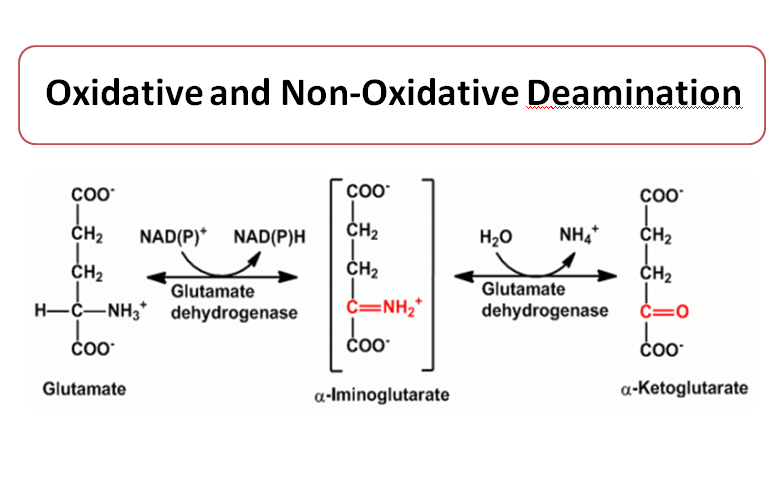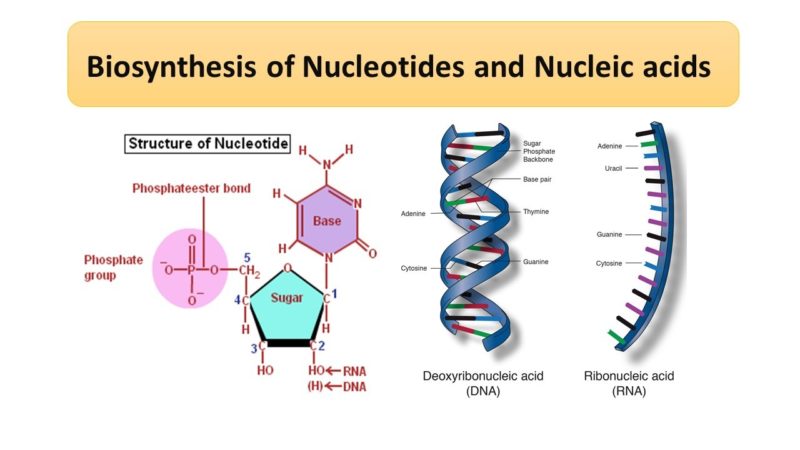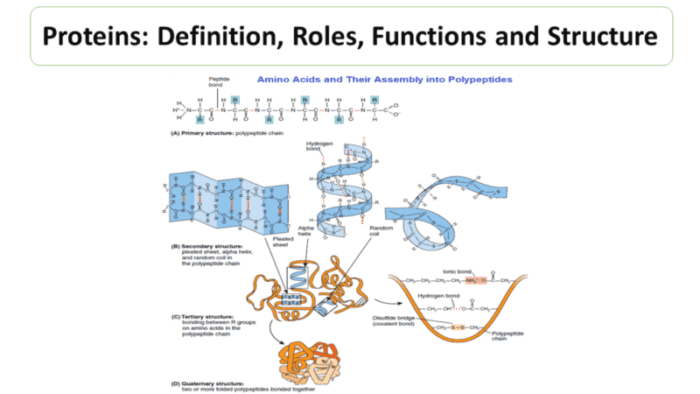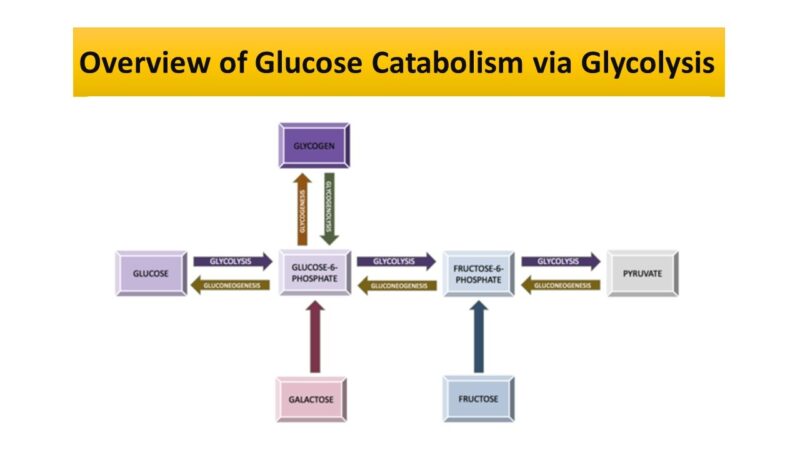Enzyme Kinetics: Understanding the Rate of Enzyme-Catalyzed Reactions

ENZYME KINETICS Introduction The mechanism of an enzyme-catalyzed reaction is to determine the rate of the reaction and how it ...
Read moreOxidative and non-Oxidative Deamination

Oxidative and Non-Oxidative Deamination Contents: Introduction Oxidative deamination Non-oxidative deamination Difference between oxidative and non-oxidative deamination. Introduction The removal of ...
Read moreEnzymes: Introduction, Enzyme activity and work Mechanism

What are enzymes? Introduction Enzymes are bio-catalysts that catalyze a biochemical reaction inside a body without being altered in a ...
Read moreSuper secondary structures of proteins or Motif

Super secondary structures of proteins Proteins The basic amino acid sequence which makes a polypeptide chain and folding into different ...
Read moreBiosynthesis of Nucleotides and Nucleic acids

Biosynthesis of Nucleotides and Nucleic acids Biosynthesis of Nucleotides Nucleotides are composed of a cyclic nitrogenous base, a pentose sugar ...
Read moreFermentation: Introduction and its Types

Fermentation: Introduction and its Types Introduction Hypothetically, the first living organism came into existence, when the atmosphere was devoid of ...
Read moreProteins: Definition, Roles, Functions and Structure

Proteins: Definition, Roles, Functions and Structure Structure of Proteins Proteins are composed of carbon, hydrogen, oxygen, nitrogen and usually, sulfur ...
Read moreDifferent types of Pathways for ATP Production

Different types of Pathways for ATP Production Introduction The catabolism of glucose is a technique to the metabolism of all ...
Read moreAmino acids: physical, chemical properties and peptide bond

Amino acids Introduction Amino acids are group of group organic compound containing carbon, hydrogen, oxygen, and nitrogen. Amino acids are ...
Read more









